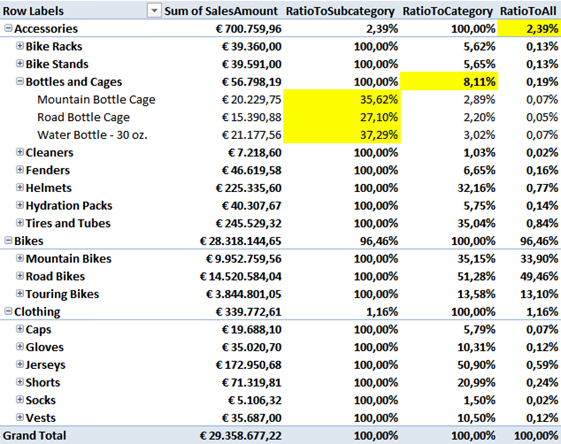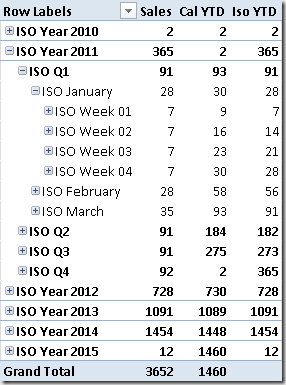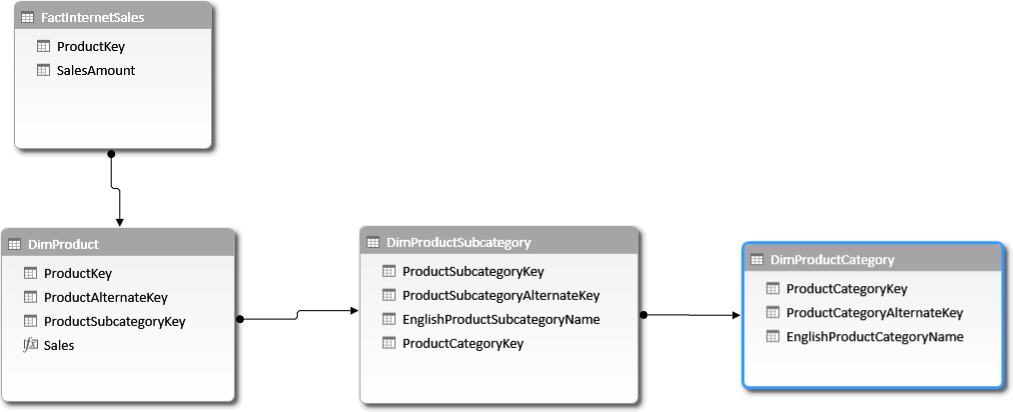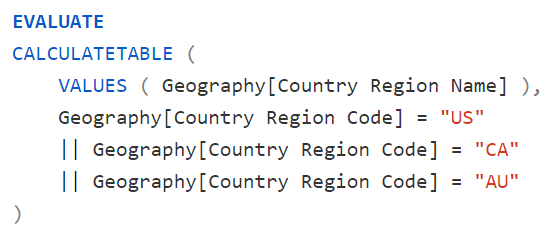-
In PowerPivot you can import data from several sources and it is often the case that you import a DateTime column from a database. From an analytical point of view, you usually make analysis over dates (day/month/year/quarter/week) and over time… Read more
-
In DAX string comparison requires you more attention than in SQL, for several reasons: DAX doesn’t offer the same set of features you have in SQL, a few text comparison functions in DAX are only case-sensitive and others only case-insensitive,… Read more
-
article
Clever Hierarchy Handling in DAX
Hierarchy handling in DAX is not very easy, due to the fact that hierarchies, unlike it was in MDX, are not first-class citizens in the DAX world. While hierarchies can be easily defined in the data model, there are no… Read more
-
DAX is the new language used by PowerPivot and Analysis Services in Tabular mode and it resembles the syntax of Excel formula and it can be considered a functional language. You do not have iterative statements, but you can run… Read more
-
article
Rules for DAX Code Formatting
With the modern editors that have automatic code formatting features, each one has its own code formatting style. Usually, there are a few “common rules” for code formatting depending on the language, but there was nothing for DAX Read more
-
The DAX language provides several Time Intelligence functions that simplify writing calculations such as year-to-date (YTD), year-over-year (YOY) and so on. However, if you have a special calendar structure such as a 4-4-5 weeks’ calendar, you need to write your… Read more
-
A common best practice is to use CALCULATETABLE instead of FILTER for performance reasons. This article explores the reasons why and explains when FILTER might be better than CALCULATETABLE. Read more
-
article
From SQL to DAX: Grouping Data
The GROUP BY condition of a SQL statement is natively implemented by SUMMARIZE in DAX. This article shows how to use SUMMARIZE and an alternative syntax to group data. Read more
-
article
AutoExist and Normalization
The autoexist feature used by MDX queries sent to an Analysis Services or Power Pivot data models can have different behaviors depending on the normalization level. This article describes these differences and provides best practices to avoid unwanted results. Read more
-
article
From SQL to DAX: IN and EXISTS
The SQL functions IN and EXISTS are useful to implement tests over a set of values. This article describes the corresponding syntax in DAX language. Read more




